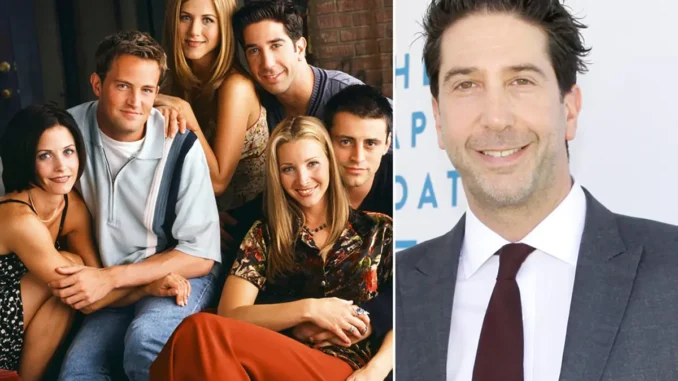
In 2004, a magazine made a bold prediction about what the cast of Friends would look like in the future, and the results have sparked a mix of amusement and criticism.
The magazine’s speculative images, which attempted to envision how the beloved cast members might appear years later, have come under scrutiny for their accuracy and tastefulness. This situation raises intriguing questions about the challenges of predicting the future and the impact of such projections on public perception.
The magazine’s predictions were a product of their time, reflecting the early 2000s’ fascination with celebrity culture and the future of iconic TV characters. The article aimed to offer a glimpse into the lives of the Friends cast members a decade after the show’s end, using aging technology and creative imaginations to generate images of how Jennifer Aniston, Courteney Cox, Lisa Kudrow, Matthew Perry, Matt LeBlanc, and David Schwimmer might look. At the time, this kind of speculative journalism was a common way to engage readers and generate buzz.

However, the magazine’s predictions have not aged well. Many critics argue that the images were poorly conceived and lacked sensitivity. Rather than providing an insightful or respectful look into the cast’s future, the predictions often came across as exaggerated or unflattering. The images depicted the actors with significant changes, sometimes focusing on negative stereotypes or unrealistic scenarios that did not resonate with fans’ fond memories of the show.
The backlash against these predictions highlights broader issues with how the media handles aging and public figures. The entertainment industry often places undue pressure on celebrities to maintain a youthful appearance, leading to unrealistic expectations and harsh judgments. In the case of Friends, the magazine’s portrayal of the cast’s future seemed to perpetuate these harmful stereotypes, reducing their complex lives and achievements to superficial assessments based on appearance.
Despite the criticism, the real-life appearances of the Friends cast have shown that the magazine’s predictions were far from accurate. Today, Jennifer Aniston, Courteney Cox, Lisa Kudrow, Matthew Perry, Matt LeBlanc, and David Schwimmer continue to be influential figures in entertainment, showcasing their talent, evolving their careers, and engaging with fans in meaningful ways. Their continued success and presence in the media challenge the magazine’s simplistic and often negative predictions, underscoring the importance of focusing on their achievements and contributions rather than just their appearances.
The reaction to the magazine’s predictions also serves as a reminder of the value of positive and respectful journalism. As society progresses, there is a growing awareness of the need to celebrate individuals for their accomplishments and character rather than focusing solely on their physical attributes. This shift in perspective is crucial in creating a more inclusive and supportive media environment.
In conclusion, the magazine’s 2004 predictions about the Friends cast offer a lens into past media practices and societal attitudes toward aging and celebrity. While the images were intended as speculative and entertaining, they have been criticized for their lack of sensitivity and accuracy. The real-life trajectory of the Friends cast demonstrates that these predictions fell short of capturing the complexity and enduring appeal of the actors. As we reflect on these predictions, it is essential to approach future projections with respect and consideration, recognizing the diverse and multifaceted lives of public figures.
